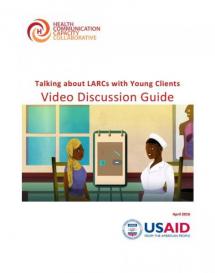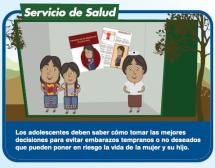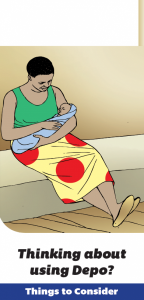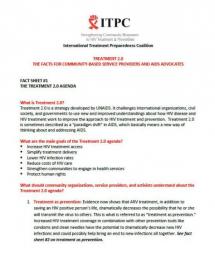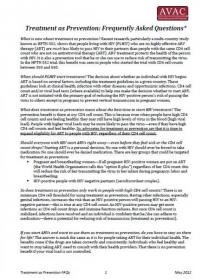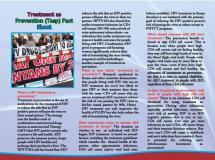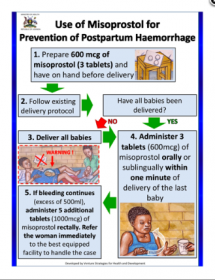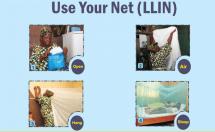Talk to Your Doctor about PrEP
This brochure briefly explains what PrEP is, when and how to talk to your doctor aobut whether you are a good candidate for PrEP, and what happens before, during, and after your visit.
Source: Centers for Disease Control and Prevention
Date of Publication: March 25, 2019
SIMILIAR RESOURCES
Tools
Examples
- Oral Pre-Exposure Prophylaxis - Questions and Answers
- Guidance for Providing Informed-Choice Counseling on Sexual Health for Women Interested in PrEP: Kenya and South Africa
- PrEP Communications Accelerator
- HIV-Related Stigma and Discrimination Toolkit
- Promoting the Health of Men who Have Sex with Men Worldwide: A Training Curriculum for Providers
- People Are Going off PrEP in the COVID-19 Era Because They’re Not Having Sex
- COVID-19 Vaccination Communication
- Developing Marketing and Communications Strategies to Promote Demand and Uptake of PrEP
- Hormonal Contraception and HIV - Technical Update
- Training Toolkit on MSM Programming for the MENA Region


